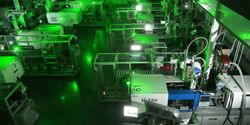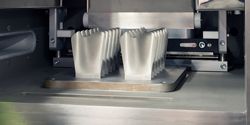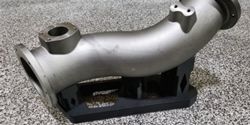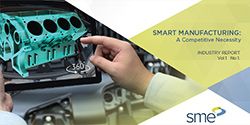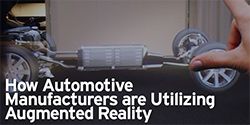3D-Printing File Formats Must Evolve with the Industry
5 Steps to Preparing for the Future in the Manufacturing Sector
How to Evaluate if a Part Is Fit for Additive Manufacturing?
Powder Handling and Sieving Solutions for the Additive Manufacturing Industry
Best Practices for Production in the Age of Advanced Manufacturing
What Technologies are Transforming Manufacturing
Using Technology to Design Smart Factories
Making a Business Case for Switching to Additive Manufacturing
How to Dodge the Industry-Wide Knowledge Gap
Polymer 3D Prints Used to Protect Costly Metal Parts
Successful Digital Transformation in Industry 4.0 Starts With Human Operators
SME Publishes Second of Three Smart Manufacturing Reports to Encourage Adoption of Emerging Technologies
The Future of Manufacturing is Smart
How 3D Printing is Impacting Manufacturing
How Automotive Manufacturers are Utilizing Augmented Reality
Records 31 to 45 of 94
First | Previous | Next | Last
Featured Product


.jpg)

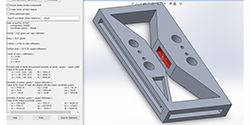
.jpg)

